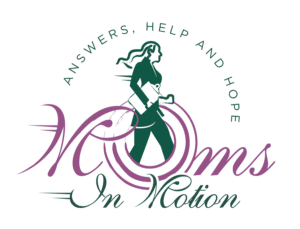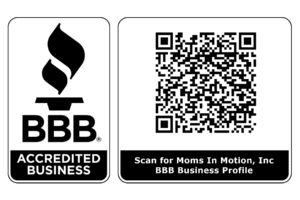Adulthood & Aging
Independent Living
The Independent Living Movement grew out of the Disability Rights Movement of the 1970’s, advocating for self-determination, self-respect, and equal opportunities for people with disabilities. Independent Living means being included fully in the community. The movement sought to end the “special but separate” mentality.
Centers for Independent Living (CILs)
Ed Roberts (1939-1995), known as “The Father of Independent Living,” founded the first CIL in 1972 in Berkeley, California. He fought throughout his life to enable all people with disabilitiesThe Americans with Disabilities Act (ADA) defines a person with a disability as a person who has a physical or mental impairment that substantially limits one or more major life activity. This includes people who have a record of such an impairment, even if they do not currently have a disability. It also includes people who do not have a disability but are regarded as having a disability. The ADA also makes it unlawful to discriminate against a person based on that person’s association with a person with a disability. More to fully participate in society. He organized a group, “The Rolling Quads,” to protest the inaccessible University of Berkeley campus. CILs are non-profit organizations that are places of action and coalition, where people with disabilities learn empowerment and develop the skills necessary to make lifestyle choices.
CILs provide services and advocacy to promote the leadership, independence, and productivity of people with disabilities. CILs work with both people, as well as with the local communities to remove barriers to independence and ensuring equality of persons with disabilities. A CIL’s core services are: advocacy, peer counseling, skills training, information, and referral.
CILs for Independent LivingSupports brought into the home focused on skill building and preparing for greater independence. are created through the efforts of local people with disabilities, their family members, friends, and other interested persons. As people and advocates became organized, they began to assess the local needs, level of local interest and support for a CIL. Successful establishment of a CIL often depends on networking, personal involvement, coalition building, and a commitment to the empowerment of people with disabilities.
Legal Considerations
Establishing a family care plan for an aging person living with a disability requires extensive planning. Legal considerations are vital from the beginning to ensure both the aging person and the caregiver are properly protected. Some considerations include assigning a Power of AttorneyWritten document that gives legal authorization for one person to act on behalf of another. (POA) and completing an Advance Directive (Living will, DNR, etc.)
A Power of Attorney is a document that allows you to appoint a person or organization to manage your affairs if you become unable to do so. However, not all POAs are created equal. Depending on the type of POA, your attorney-in-fact (the person who will be making decisions on your behalf) may have different levels of control. Types include General or Special Power of Attorney, Healthcare (Medical) Power of Attorney, and Durable Power of AttorneyWritten authority giving a parent or other person (agent) power to make decisions on behalf of the person with a disability (the principal). Agent may act even if principal becomes incapacitated..
Advance DirectivesA set of instructions given by a person specifying what should be done for their health in the event that they are no longer able to make decisions due to illness or incapacity. More are written, legal instructions regarding your preferences for medical care if you are unable to make decisions for yourself. Advance directives guide choices for doctors and caregivers if you’re terminally ill, seriously injured, in a coma, in the late stages of dementia or near the end of life. By planning ahead, you can get the medical care you want, avoid unnecessary suffering and relieve caregivers of decision-making burdens during moments of crisis or grief. You also help reduce confusion or disagreement about the choices you would want people to make on your behalf.
Useful Links
Federal Sites
Virginia Sites
- The Arc of Northern Virginia: Special Needs Trust Program
- Home Care Delivered
- Senior Navigator
- Virginia Association for Hospices and Palliative Care (VAHPC)
- Virginia Association of Area Agencies on Aging
- Virginia Department for Aging and Rehabilitative Services (DARS)
- Virginia Department of Housing and Community Development
- Virginia Disability Commission
- Virginia Easy Access
- Virginia Housing Development Authority

